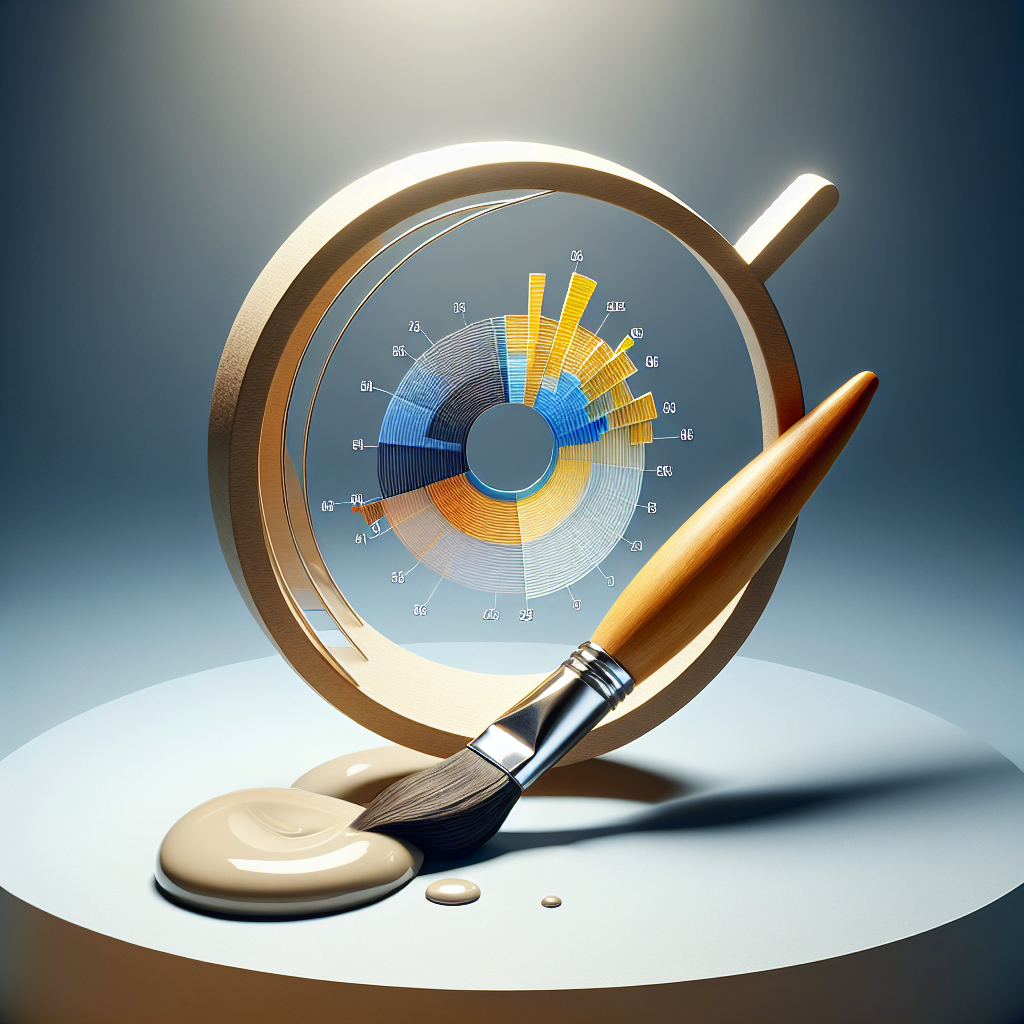In the digital age, the sheer volume of data we interact with can be overwhelming. Yet, by harnessing the power of data visualization, we unlock the ability to comprehend complex datasets at a glance. Data visualizations transcend the limitations of raw numbers by transforming them into an interactive and engaging experience. Among the myriad of tools available for crafting these visualizations, D3.js stands out for its flexibility and depth, while Vue.js offers a reactive framework that integrates seamlessly with D3. In this post, we’ll explore how to leverage Vue.js and D3 to create a compelling line chart that brings your data to life.
Understanding the Power of D3.js
D3.js is a robust open-source JavaScript library designed for manipulating documents based on data. It enables one to breathe life into data using HTML, SVG, and CSS. Its core ethos revolves around harnessing web standards to unleash the full capabilities of modern browsers without being bound to proprietary frameworks. This makes D3 a highly adaptable tool for data visualization, providing the base for anything from simple bar charts to intricate chord diagrams depicting international debts.
One of D3’s most remarkable attributes is its active open-source community. Whether you’re fashioning a new graphic or seeking assistance with a tooltip or animation, the support network surrounding D3 is invaluable. With its versatility and the backing of a vibrant community, D3 is rightfully the go-to JavaScript library for many data visualization enthusiasts.
Integrating Vue.js with D3
Vue.js, known for its simplicity and efficiency, serves as an excellent companion to D3. By combining Vue’s reactivity with D3’s data manipulation capabilities, developers can create dynamic data visualizations that are responsive and engaging.
Creating a new Vue application is straightforward. Once your working environment is set up, incorporating D3 into your Vue components allows you to directly manipulate the DOM to render your visualizations.
Crafting a Line Chart: A Step-by-Step Guide
Let’s illustrate the process of creating a line chart using Vue.js and D3. This example will take us through setting up our project environment, defining the HTML template for our chart, and rendering a dynamic line chart that can easily adapt to varying datasets.
Setting Up
The initial stage involves setting up a Vue application and incorporating the D3 library. You would usually begin by creating a new Vue application via the command line, then proceed to integrate D3 by installing it as a dependency in your project.
Defining the HTML Template
Within your Vue component, define an SVG element in the template section. This SVG will serve as the canvas for your line chart.
Rendering the Chart
Selecting the Element: Use D3’s
select()method to target the SVG element where the chart will be mounted.Parsing Data: Convert your dataset’s date strings into JavaScript date objects to work with them effectively in your visualization.
Creating Scales: Utilize D3’s scaling functions to translate your data points into pixels. This is pivotal for plotting the x-axis (dates) and y-axis (values) correctly.
Drawing the Line: Employ the
d3.line()method to create a path based on your data points. This shapes the line chart, visually representing your dataset.Attaching Axes: Append the x and y axes to your chart for clarity, aligning them appropriately with the canvas boundaries.

By following these steps, you will see your line chart come alive in the browser, offering an interactive representation of your dataset. The integration of Vue.js with D3 allows for reactive data visualizations that update in real time, providing a powerful tool for data storytelling.
Conclusion
While we’ve only scratched the surface of what’s possible with Vue.js and D3, this example demonstrates the potential for creating rich, interactive data visualizations. The synergy between Vue’s reactive data handling and D3’s comprehensive visualization capabilities opens up a world of possibilities for presenting data in engaging ways.
For those looking to dive deeper into data visualization, exploring additional D3 tutorials and examples can provide inspiration and further insights. Remember, the key to effective data visualization lies in practice and experimentation.

As we continue to navigate vast seas of data, tools like Vue.js and D3 serve as our compasses, guiding us toward clearer understanding and compelling storytelling through visualized data.



